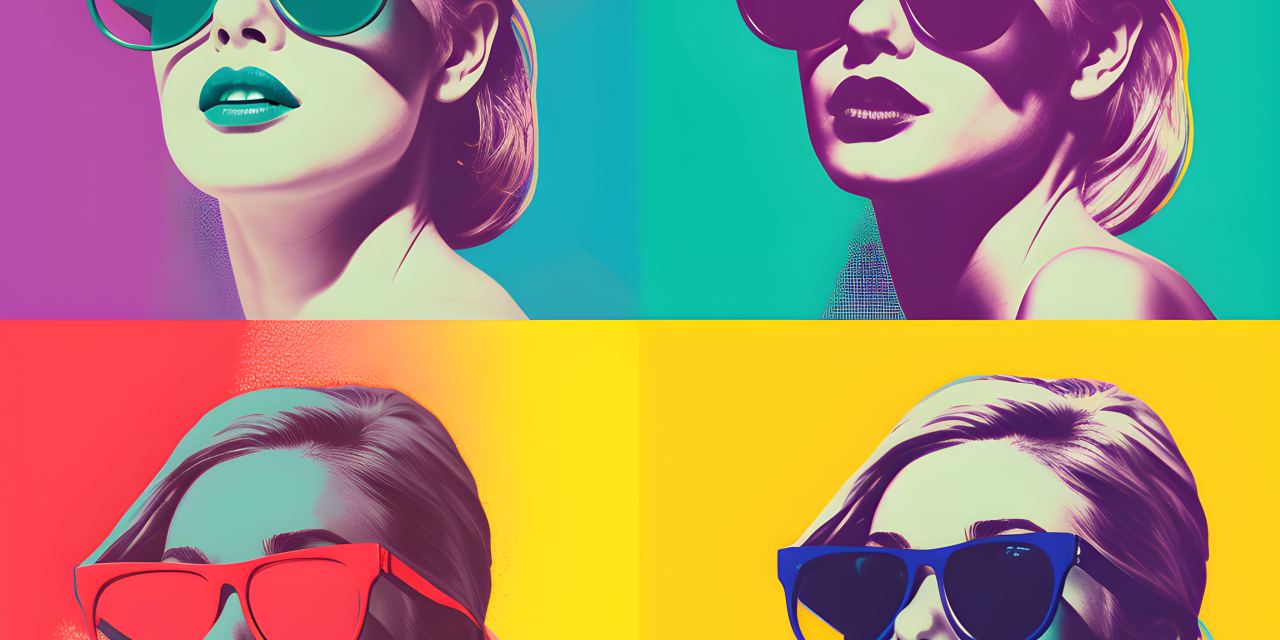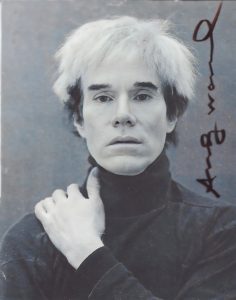Andy Warhol: The Original Popstar Guru
If you think about it, the phrase Popstar Guru sounds like a punchline. A guru is supposed to be a wise, reclusive spiritual teacher, sipping tea in some quiet Himalayan monastery. A popstar is the exact opposite—flashy, loud, and surrounded by glitter, cameras, and autograph seekers. But in Andy Warhol, the worlds collided in spectacular, ironic fashion.
 Andy Warhol turned soup cans into icons and made fame a canvas.
Andy Warhol turned soup cans into icons and made fame a canvas.
Popstar Guru ($POP) — Where art meets irony and fame becomes philosophy. Inspired by Andy Warhol’s pop genius, $POP is the coin for creators, collectors, and cultural rebels who know that in the future, everyone’s wallet will be famous for 15 minutes.
Mint your moment. Live your art. Own your $POP.
CA: 58VobaTa8JKsuV1duzJBcoXrmSx4sQvQpD7DivvKbonk
The Pop Guru of the Silver Factory
Warhol didn’t just make art—he created a philosophy, wrapped in bright colors and mass-production aesthetics. His Factory in New York wasn’t a temple in the traditional sense, but it had devotees. Instead of saffron robes, his followers wore leather jackets, mod dresses, and eyeliner thick enough to be seen from space. Instead of chanting mantras, they recited gossip, poetry, and the latest Village underground news.
Warhol dispensed wisdom like a modern-day oracle—dry, witty, and often absurdly simple.
-
“In the future, everyone will be world-famous for 15 minutes.”
-
“Don’t pay any attention to what they write about you. Just measure it in inches.”
-
“Art is what you can get away with.”
These weren’t just quotes—they were koans for a capitalist age, riddles designed to make you question the very nature of celebrity, commerce, and creativity.
The Ironic Guru
In spiritual circles, a guru often renounces material possessions. Warhol embraced them. He didn’t shun the marketplace—he made it his altar. Soup cans, Coke bottles, Marilyn Monroe’s face—he took the symbols of mass consumerism and presented them like sacred icons. The irony? By doing so, he revealed the spiritual vacuum and the strange beauty in them.
His “students” weren’t monks but misfits, models, musicians, and hustlers. They came for fame, stayed for the scene, and left either immortalized in his films or chewed up by the downtown machine.
Popstar as Spiritual Leader
Warhol’s public persona was deliberately enigmatic—soft-spoken, pale, and with an otherworldly detachment. People projected onto him whatever they needed: mentor, critic, confidant, cultural prophet. Like a true guru, he rarely gave you direct answers; instead, he mirrored your own desires back at you.
Yet Warhol wasn’t selling enlightenment in the traditional sense—he was selling awareness. Awareness of media saturation. Awareness of the absurdity of fame. Awareness that in an age of mass reproduction, authenticity is just another brand.
The Legacy of the Popstar Guru
Today, we live in a Warholian world—selfies, viral fame, influencers with their own “disciples,” and TikTok dances as new-age mantras. Everyone’s their own popstar, and many are trying to be their own guru. The irony is complete: Warhol’s prophecies have come true, and the line between spiritual guide and celebrity has never been thinner.
If Warhol were alive today, he’d probably be selling enlightenment as an NFT, collaborating with Beyoncé, and livestreaming from a metallic beanbag chair in SoHo. And the followers? They’d still call him the Popstar Guru—half in jest, half in awe.
Welcome to CryptoRich.io! ($RICH) I’m Crypto Rich, and I created this platform to share my passion for cryptocurrency and blockchain technology with the world. Over the years, I’ve navigated the highs and lows of the crypto market, learned valuable lessons, and developed strategies that have helped me thrive in this ever-changing space. My goal is to empower you to do the same.
CA: GfTtq35nXTBkKLrt1o6JtrN5gxxtzCeNqQpAFG7JiBq2











